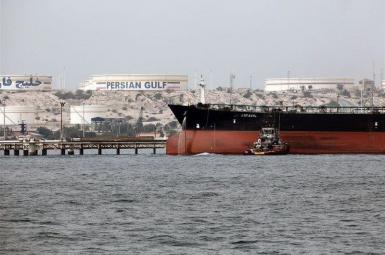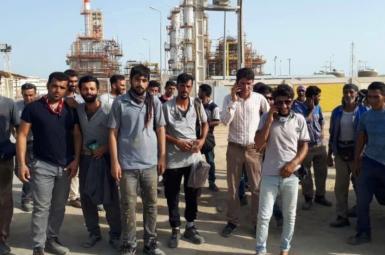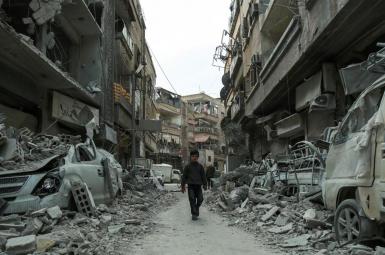
Iran's Draft Budget Is Based On Assumption Of An End To US Sanctions
President Hassan Rouhani claimed on Sunday [December 6] that Iran’s budget for the next fiscal year, beginning March 21, is based on realistic expectations, but that can hardly be supported by facts.
The proposed budget for government operations has jumped by 30 percent in local currency compared to the current year, and the bulk of this increase is pinned on the hope of exporting more oil. In other words, Iran expects US sanctions to be reduced soon, to be able to generate around $26.5 billion for the budget from oil sales. That is hardly a realistic basis for a country’s budget, since no one can be certain when and if President-elect Joe Biden’s administration will lift Trump’s oil sanctions.
This projection is much higher than an estimated $10 billion of oil export income that vice president Es’haq Jahangiri mentioned in June, or what President Hassan Rouhani announced in September, when he said that current annual oil exports are under $20 billion.
In any case, the $26.5 billion is a far cry from pre-sanctions days.
There was a time in the heydays of high oil prices a decade ago that Iran annually earned more than $100 billion from oil exports. That was slashed drastically by international sanctions starting in 2012, and later by US sanctions in 2018 and low oil prices for the last six years.
Mirror and smoke
Most Western economists would be baffled if they were tasked to draft Iran’s budget, because so many factors are arbitrary, labeled misleadingly and non-transparent.
Let’s simply look at how the dollar’s exchange rate is calculated in the budget. During most of 2020, the dollar has traded above 200,000 rials in the open market, but in the next Iranian budget the government has set the rate at 115,000 rials, or half of what actually the US dollar is worth in the local market. There is no economic rational for expecting the rial to rise by 100 percent in the next few months, when liquidity is increasing fast and there is no guarantee US sanctions will end soon.
If we calculate the proposed budget in the realistic dollar rate, it would be a figure around $35 billion, but if we take the government’s imaginary dollar rate, the budget in dollars would reach 80.8 billion. That is a huge difference that can make a World Bank economist scratch his head.
More magic tricks
The government proposes around $20 billion of budgetary income from issuing new bonds and selling its assets. But as local experts point out there is little private capital available to finance government bonds or buy its assets. Mohsen Rahmati, a businessman told Tabnak website that this is unrealistic. Amir Daliri, a former deputy minister of the economy told the same to Tasnim news agency.
In fact what happens to most of these bonds and assets is that government-controlled banks end up buying these instruments with money borrowed from the central bank, which in turn simply prints money. Iran has one of the top three worst cases of uncontrolled liquidity growth in the world.
Wishful thinking
President Hassan Rouhani’s administration has pinned its hopes on two major sources of income, more oil exports and borrowing, that are either highly optimistic or self-deceiving. Hardliners who miss no opportunity to attack Rouhani and set the stage to take the presidency in 2021, also did not miss the chance to harshly criticize the proposed budget for its reliance on higher oil revenues. But their line of attack drew inspiration from Supreme Leader Ali khamenei’s slogans of self-reliance and boosting domestic production to replace oil income.
But boosting domestic production needs investments, a less corrupt economic system and confidence among investors of no political pressures endangering their investments; elements that sorely Iran’s governing system lacks.
During the presidency of Mahmoud Ahmadinajd, Iran had at least $700 billion oil income and very little to show for it. Annual budgets show why. Billions of dollars spent on ideological and religious purposes, with millions of people living off government money with no economic productivity. Support for allies and proxies abroad is another blackhole sucking out billions of dollars annually. But perhaps the most damaging and wasteful factor is a state-controlled economy with all its insider dealings and inefficiencies.
Adding to that, a state ideology reflecting anti-Western and anti-colonialist rhetoric of the 1960s is not exactly what attracts serious foreign investments, to the tune of hundreds of billions of dollars that Iran’s weak economy ultimately needs.







